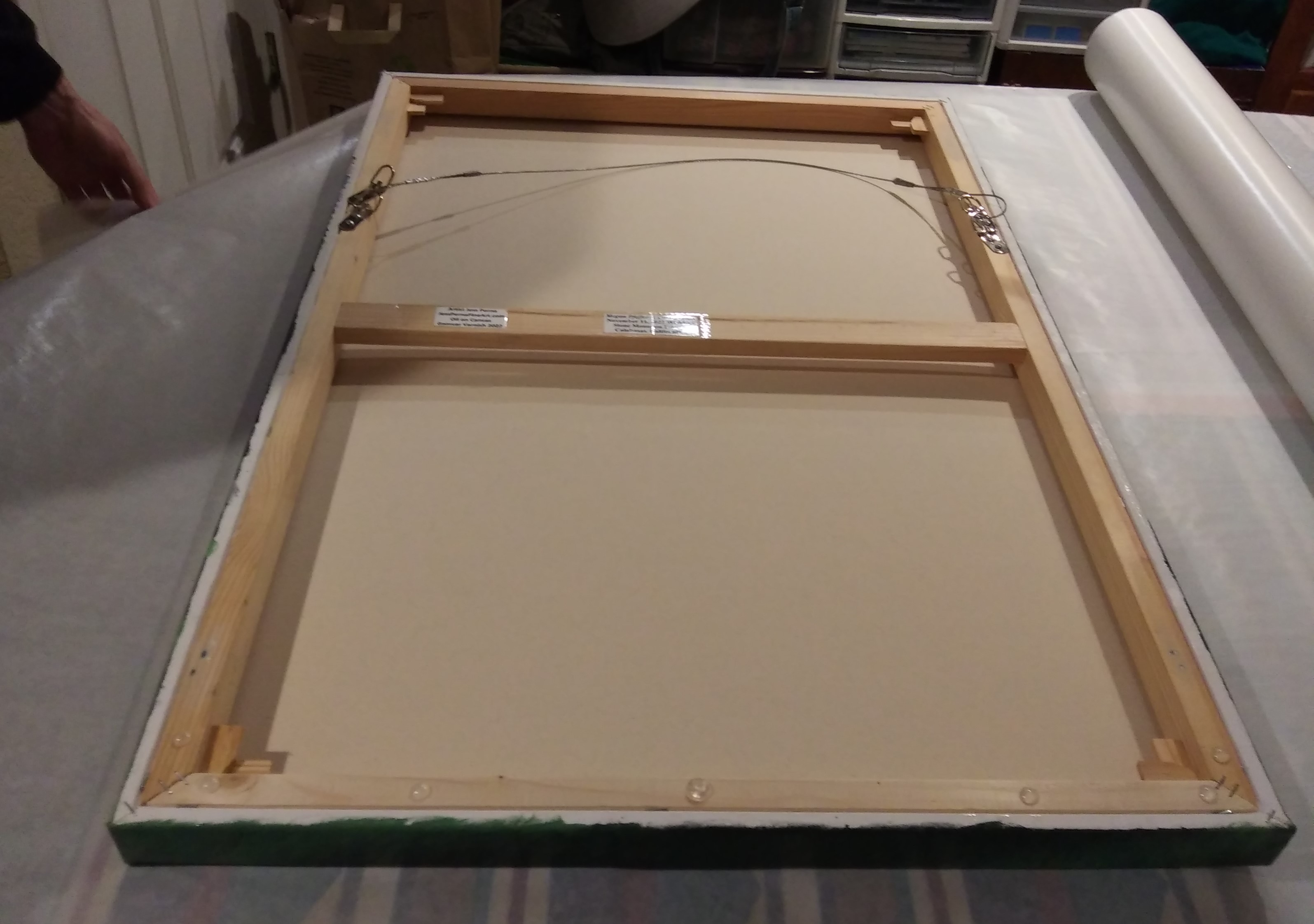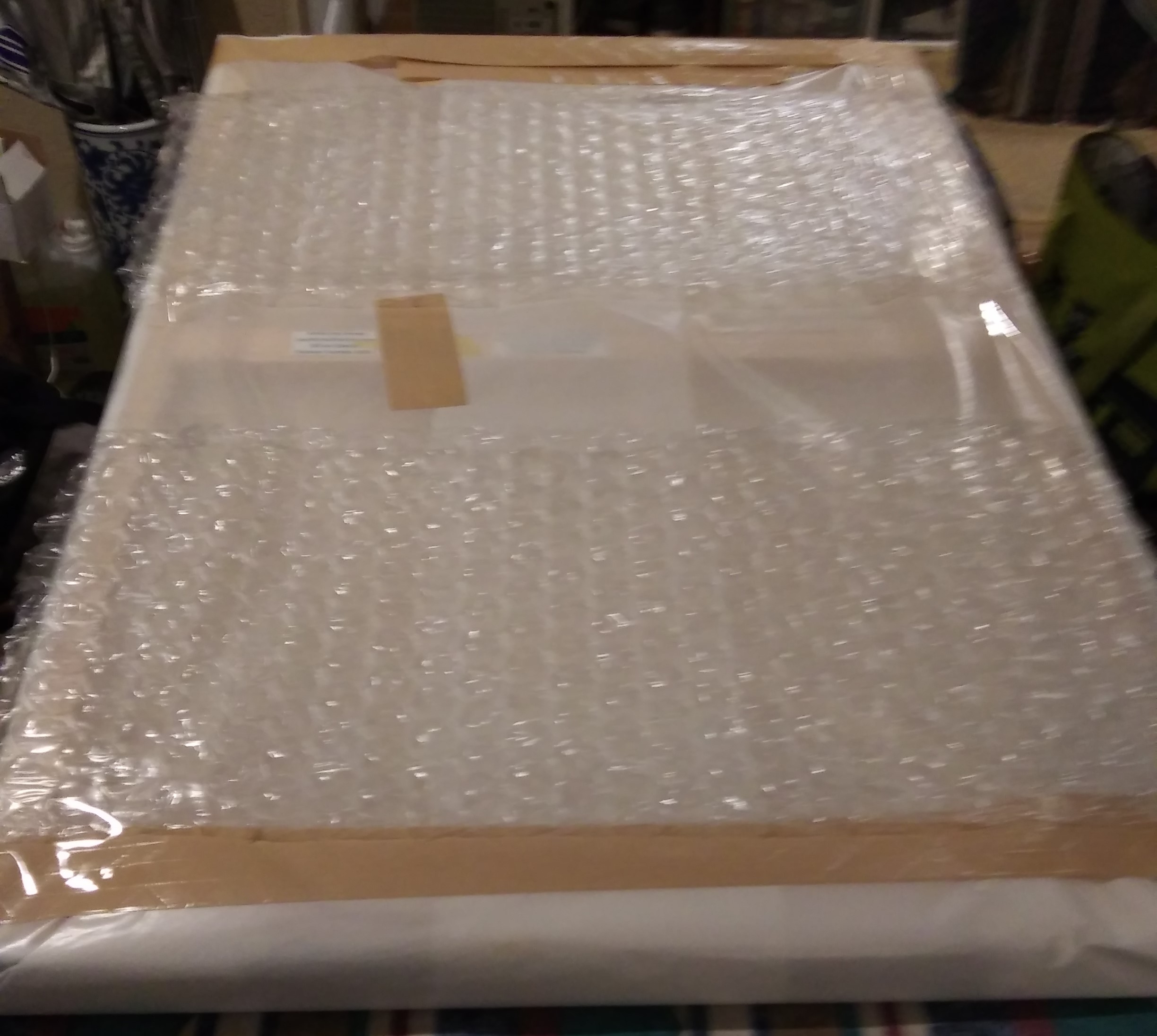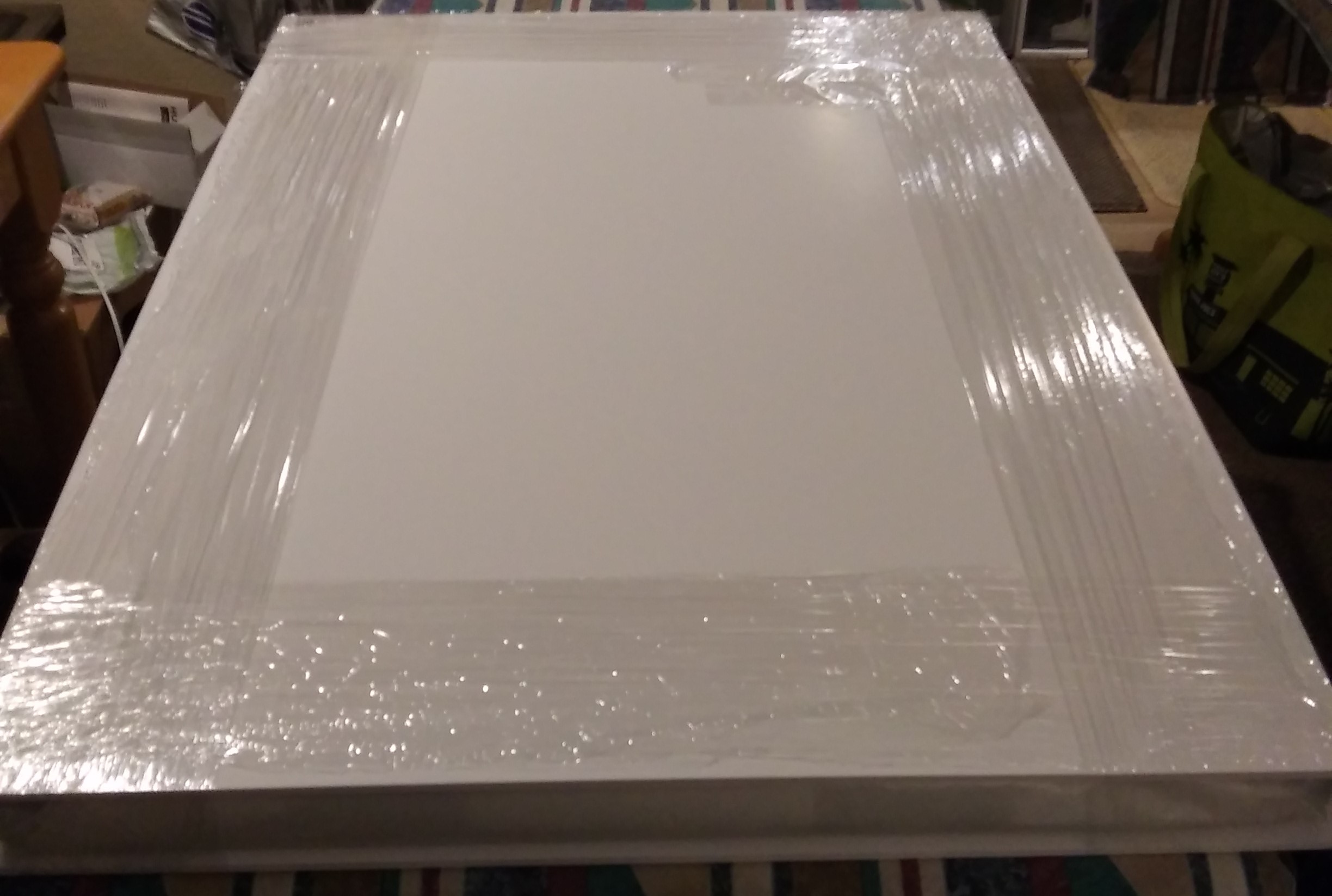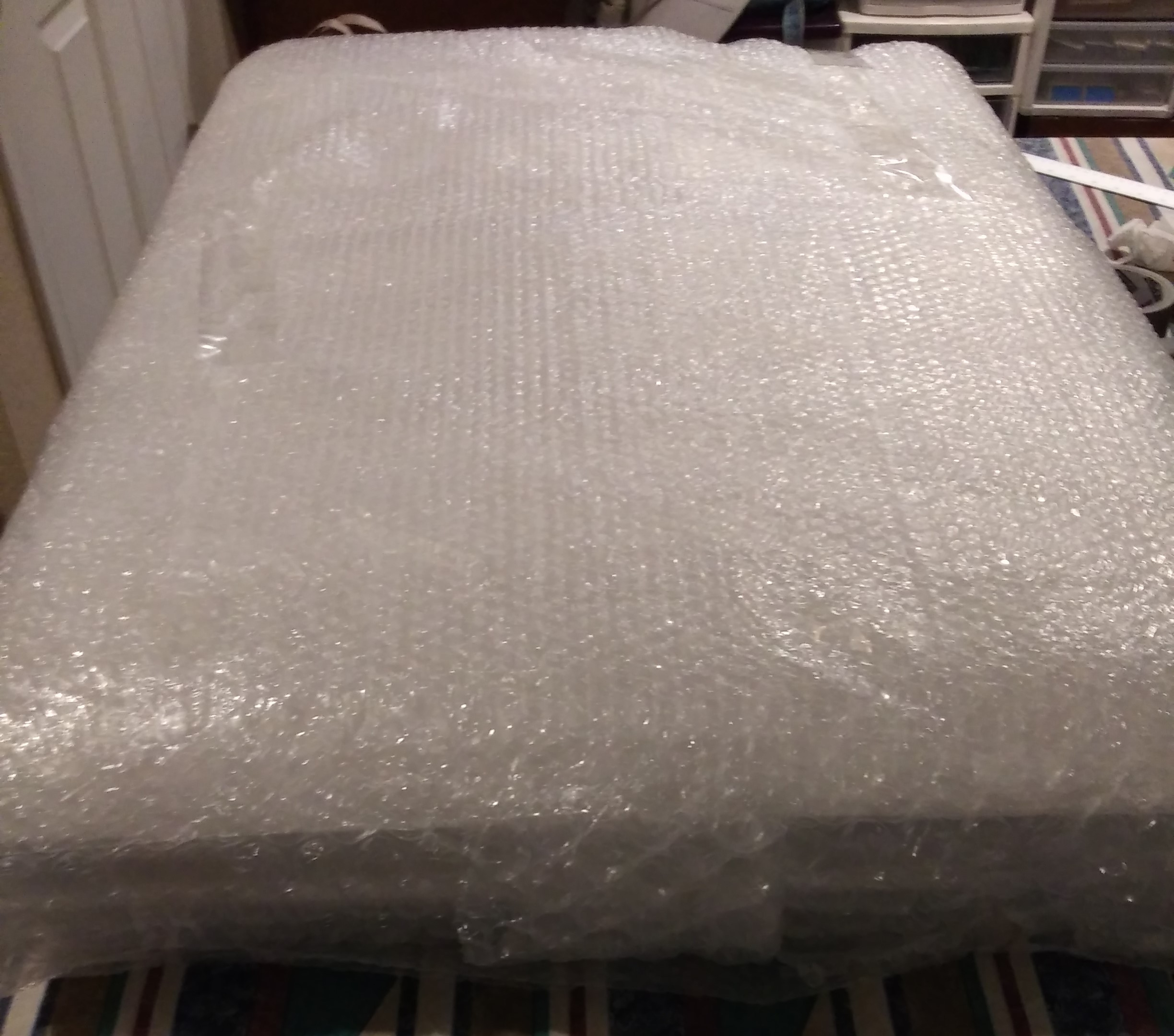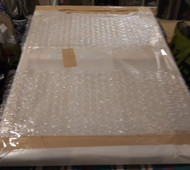Packing Your Paintings
Posted by Judy Cutler on Jan 26th 2023
Jess puts his heart and soul into creating beautiful artworks. Whether preparing for an art exhibition, sending a piece to a buyer, or simply moving his artwork, proper packing is crucial to ensure the paintings remain safe and pristine during transit. In this guide, we will walk you through the essential steps of packing paintings with care and expertise. When we pack original art work we put in a lot of time and effort to make sure your purchase arrives safely.
Materials
1- Before you start packing, gather all the necessary materials:
2- Sturdy cardboard or foam-core sheets
3- Glassine paper or acid-free tissue paper
4- Bubble wrap
5- Packing tape
6- A well-fitted box or custom-made crate
7- Labels and markers
Clean and Prepare Your Artwork
Ensure your artwork is clean and dry before packing. Dust and dirt can cause damage during transit. If you're packing a framed painting, remove the glass or acrylic glazing to avoid breakage.
Protect the Surface
Cover the painted surface of your artwork with glassine paper or acid-free tissue paper. This protective layer prevents any direct contact between the artwork and other packing materials, safeguarding against potential smudging or damage.
Add a Layer of Cardboard Under the Bubble Wrap
Gently wrap the artwork with a layer cardboard then bubble wrap, ensuring that the bubbles do not face the artwork's surface. Use bubble wrap that has a flat side so that the bubbles don't dent the art. Secure the bubble wrap with packing tape, but avoid taping it directly to the artwork.
Prepare the Box or Crate
Select an appropriately sized box or custom-made crate. It should provide a snug fit for the artwork, with minimal extra space to prevent shifting during transit. Line the inside of the box with bubble wrap or foam for added cushioning.
Seal the Package
Label the package clearly with your contact information, the recipient's address, and any special handling instructions. Take photographs of the packed artwork at each stage and keep a record of its dimensions and weight for reference.
Close the box or crate and seal it securely with packing tape. Double-check all the seams to ensure there are no gaps or openings.
Label and Document
Label the package clearly with your contact information, the recipient's address, and any special handling instructions. Include a copy of the shipping address, customer phone number and email inside of the box as well as on the outside. Shippers add their label but you should also print your information and tape it to the outside of the box taking care not to cover the part of the box where the shipper adds their labels.
Choose a Reliable Shipping Method
Select a reputable shipping carrier that specializes in handling fragile and valuable items. Insure your package for the full value of the artwork if possible and consider adding tracking and delivery confirmation services for peace of mind. Many shippers only actually only insure the box for $100 so it is imperative that you pay an art insurer to supplement the shipping. We use actinsurance.com. They limit the coverage of paintings to $2,000 but it is much better than then just the carrier’s plan. The fee is $16 for a Fed-Ex shipment. After shipping you login and get the insurance by adding in the carrier. For instance, if you ship throw USPS they charge $20.
It takes over an hour to pack each work of art. Below is an unframed wedding painting wrapped for shipment. The paintings are gallery wrapped, 1.5" thick painted around all sides so you do not need to frame. The back is wired ready to hang on the wall. We include the wall hooks and a color Certificate of Authenticity (COA). All you need is a wall and a hammer!
Properly packing your paintings is a crucial step in ensuring the safety and preservation of your cherished creations during transit. By following these steps and investing in quality packing materials, you can confidently send your artwork to exhibitions, buyers, or new homes, knowing that it will arrive in pristine condition, ready to be enjoyed by art enthusiasts around the world. Mastering the art of packing is an essential skill for any artist looking to share their work with a broader audience.
Here are some photos of a painting wrapped for shipment prior to inserting it in the box.
